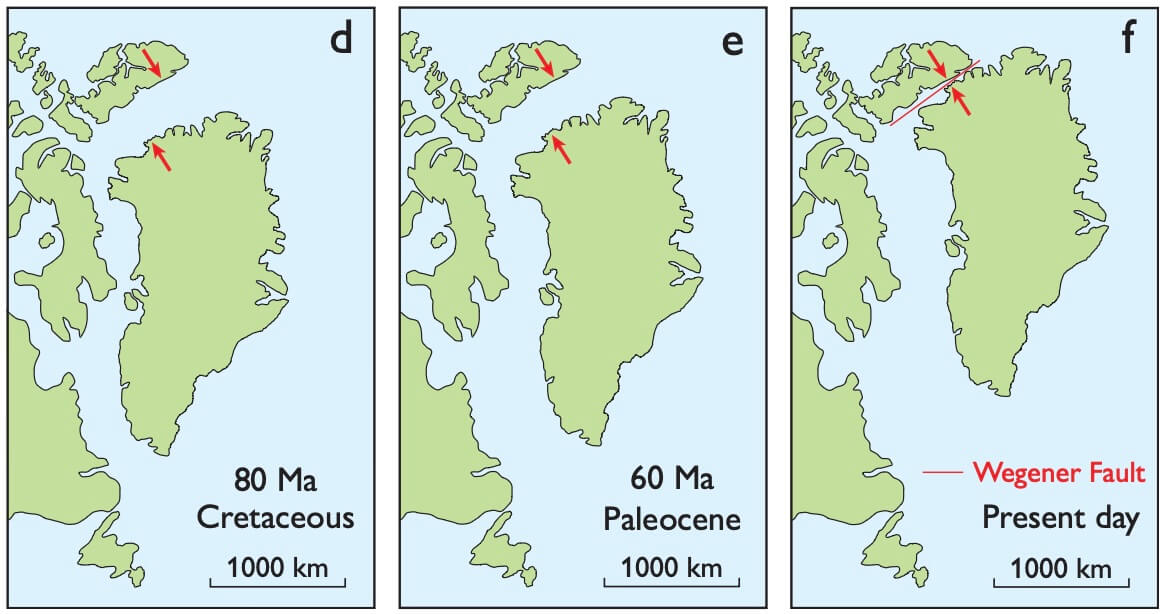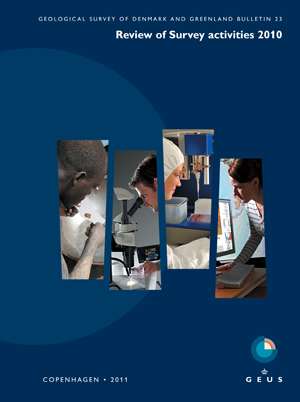
How to Cite
Share
Abstract
2010, the year under review, marks the centennial of perhaps the most controversial structure in the Arctic: the Wegener Fault, the 1000-km long fracture that is supposed to underlie Nares Strait and define the north-western margin of an independent Greenland plate (Fig. 1). The seaway between Greenland and Ellesmere Island, Canada, was branded a megashear by Frank Taylor who, purely on physiographic expression, postulated massive Tertiary strike-slip (Taylor 1910). This revolutionary idea fittingly found a place in Alfred Wegener’s theory of continental drift and thereafter in plate-tectonic theory with Greenland drifting hundreds of kilometres from North America along what Tuzo Wilson subsequently dubbed the ‘Wegener Fault’ (Wilson 1963). Today, the concept lives on. In modern palaeogeography, Nares Strait is given a long multiphase dynamic history with collision of Greenland and Canada in the Palaeogene (Fig. 1). A freely drifting Greenland plate unconstrained by ties to North America is now part of conventional wisdom as related in textbooks, review articles and educational material available on the internet. Accordingly, the Wegener Fault is a standard feature in international compilations of world geology (e.g. UNESCO 2010; Fig. 2). Unfortunately, this 100-year acclamation from Taylor (1910) to UNESCO (2010) is fundamentally flawed: the rocks and their relationships at Nares Strait flatly contradict the existence of the structure.
How to Cite
Share
Copyright (c) 2011 Thorkild M. Rasmussen, Peter R. Dawes

This work is licensed under a Creative Commons Attribution 4.0 International License.
Downloads
Edited by Ole Bennike, Adam A. Garde and W. Stuart Watt
This Review of Survey activities presents a selection of 19 papers reflecting the wide spectrum of activities of the Geological Survey of Denmark and Greenland, from the microscopic to the plate-tectonic level.
The Survey's activities in Denmark and surrounding areas are [...]









